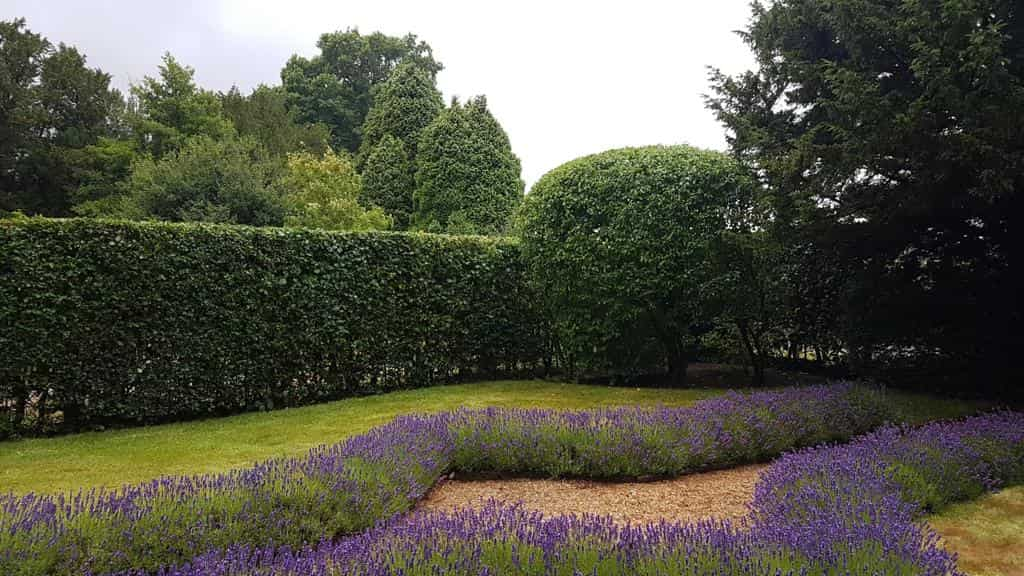Introduction
As storm seasons in the UK grow increasingly unpredictable, many homeowners in areas like Liphook are reassessing the resilience of their trees. Wind, heavy rain, and sudden gusts can take even the healthiest-looking tree by surprise, leading to broken branches, uprooted trunks, and property damage. One proactive way to reduce this risk? Crown reduction.
At LM Tree Surgery Liphook, we specialise in structural pruning techniques like crown reduction that make trees more resistant to storm damage — all without compromising their health or beauty. It’s not just about safety; it’s about long-term sustainability and tree care.
What Is Crown Reduction?
A smarter way to manage tree size and shape
Crown reduction is a professional tree surgery method that involves selectively shortening the overall height or spread of a tree’s crown. Unlike harsh topping (which removes large, indiscriminate sections), crown reduction is a precise, considered process. The goal is to lighten the load on heavy limbs, improve balance, and reduce the “sail effect” during high winds — all while maintaining the natural form of the tree.
This approach helps trees:
- Withstand stronger winds with less strain on branches
- Retain structural integrity without overloading limbs
- Stay healthier by focusing on clean, well-placed cuts
At LM Tree Surgery Liphook, we ensure every crown reduction is tailored to the specific species, growth pattern, and location of the tree.
Why Trees Fail in Storms
It’s not always about age or size
A tree doesn’t have to be old or visibly weak to suffer damage in a storm. Many fall victim to structural imbalances or overextended growth. Wind often targets large crowns, pulling at extended limbs and causing stress at the branch junctions.
Common risk factors include:
- Dense upper canopies that catch strong winds
- Branches growing too long or too far from the trunk
- Uneven weight distribution due to poor previous pruning
- Weak crotches or unions between major limbs
- Decay hidden within large branches
Crown reduction targets these problem areas directly, making trees more aerodynamic and stable.
When to Consider Crown Reduction
Signs your trees may need attention
If you’re unsure whether a tree would benefit from crown reduction, look for the following clues:
- Large overhanging limbs close to structures or roads
- Trees that sway excessively in wind
- Cracks or splits forming at branch junctions
- Excessive shading or overgrowth at the top of the crown
- Branches previously damaged by storms
Even if your tree appears healthy, it may still be vulnerable. A professional inspection from LM Tree Surgery Liphook can identify any underlying issues before they become serious.
Benefits of Crown Reduction Before Storm Season
Prevention is better than repair
By scheduling crown reduction before stormy conditions hit, you can dramatically reduce the chance of property damage, fallen limbs, or emergency callouts. It’s a proactive measure that protects not only your trees, but your home and surroundings.
Key benefits include:
- Improved tree stability and wind resistance
- Reduced risk of branch failure or uprooting
- Prolonged tree life and health
- Enhanced safety for pedestrians, vehicles, and nearby buildings
- Maintained aesthetic appeal of your landscape
Done correctly, crown reduction ensures your tree can withstand the elements while continuing to flourish in your garden.
Crown Reduction Done Right
Precision, not guesswork
Not all pruning is beneficial. In fact, poor-quality crown reduction can leave trees vulnerable to disease, sunburn, or stress. At LM Tree Surgery Liphook, we use best-practice techniques to ensure every cut is made with the tree’s health and future growth in mind.
Our process includes:
- Assessing tree species, age, and condition
- Identifying weight-bearing limbs or weak points
- Cutting to lateral branches that will continue healthy growth
- Preserving the tree’s natural shape and structure
- Leaving no ragged edges or stubby growth points
With our expert touch, the result is a safer, stronger tree that still looks like it belongs in your garden.
Conclusion
Crown reduction is one of the most effective ways to prepare your trees for stormy weather without compromising their health or beauty. Whether you’re dealing with mature trees in a rural garden or younger specimens close to buildings, the right pruning technique can make all the difference.
If you live in Liphook or surrounding areas of Hampshire and are concerned about how your trees might cope in the next big storm, speak to the professionals at LM Tree Surgery Liphook. We’re here to help you make informed, safe, and sustainable choices for every tree on your property. Now is the perfect time to strengthen your landscape — before the weather puts it to the test.
Call us on: 01428 770 498
Click here to find out more about LM Tree Surgery Liphook
Click here to complete our contact form and see how we can help with your tree’s needs.

